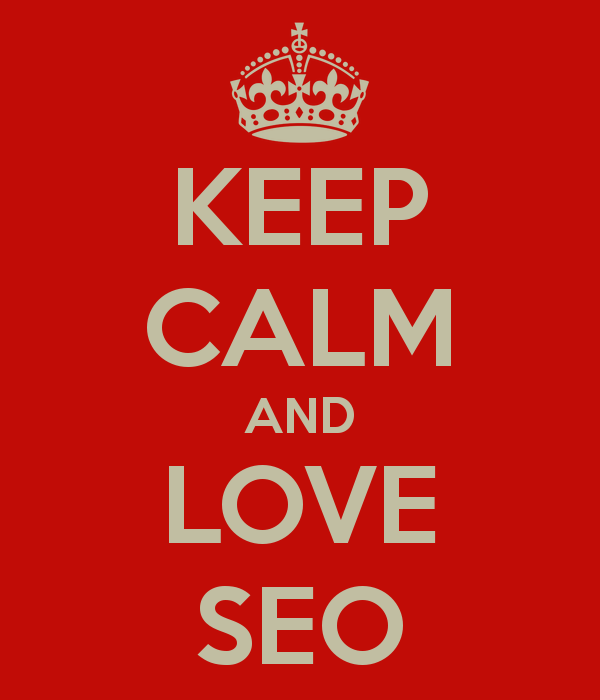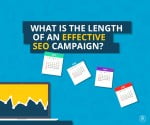The world of web design is no longer a single field. The times have changed in such a way that you need to know a lot more than what your basic area of expertise requires.
In the following year of 2016, web designers need to learn to work together with SEOs, with prior understanding of both processes. If a web designer does not know how search engines work, the odds are that the sites they design will not be that functional and their users will leave it almost instantly – which will, in turn, result in higher bounce rate, and the site will sink down drain of the infinite number of pages.
Here is a basic SEO-friendly guide for web designers which will enlist the minimum of things that are required for functional websites your users will love, including speed, functionality, content creation and many more.
1. Design pages with a goal
When your users come to your website, its design needs to be impeccable in terms of organization. This means that they must not wander through your website in search of the BUY button. Know your goals before you start designing. It needs to be placed in the most obvious place, where you know your viewers will see them.

Even if the goal of some of your pages is to inform or show off rather than sell, you need to announce that with appropriate design. If your users need to learn how to use your website (and it takes longer than three steps), they will soon give up and leave your site and leave you sad.
2. Optimize speed
People today are impatient. For example, if your time to first byte (TTFB indicates how responsive your server is) takes too long, visitors will leave your site because it loads slowly.
You can check TTFB on ByteCheck or other similar websites. Just to give an example, our English homepage’s TTFB is 0.246 seconds, whereas Moz’s homepage loads in 0.148 seconds, which is pretty neat when you think about it.
If your TTFB is longer than 2 seconds, it is time to think where the problem is. For example, your images may not be optimized, or you have used ‘too much’ of Java script (on the entire site instead of on a page or two); using Java script when you could have used CSS (e.g. for hover display), etc.
3. Artistic design does not always bring profit
Originality is great. It is, really. But the problem with creative web designers is that their websites may not always be that functional. Websites based on creativity rather than selling the product or service will not bring profit.
Have in mind that your visitors are potential clients, so if you do not display basic contact forms, address, email, or phone number directly, in front of them, they will be frustrated and you might end up with a loss of investment.
Social media buttons are another thing you should add to your website. Connect all your pages with your social media accounts and profiles and encourage your visitors to start following you and gather them in your brand’s online community.
4. Design should go hand in hand with content
Does it sound ridiculous to you to get a word limit, such as “this page works only with 100 to 150 words, so make it short”? Well, it happens. Some designers create pages that cannot fit longer content, but what they seem to forget is that their design is not made for their personal liking, but for end users. And if users need to be provided with information longer than 150 words (which does not qualify even as the minimum of quality content, for that matter), then be it.
Page design needs to adapt to the content, not the other way around.
5. Meet the Beginner’s Guide to SEO
The time has come when designers and developers need to cooperate with SEOs if they want their sites to be visible and functional. This means that it is now normal for every regular web designer to be acquainted with the basic SEO rules, so that they know what needs to fit their sites and pages.
And remember: Everything you do depends upon your knowledge. If you do not educate yourself and make effort to learn new things every day, nobody will do it instead of you. Stay hungry for knowledge always.
If you are reading this post and wondering “What the heck is S-E-O?”, please feel free to get yourself acquainted with this Bible of SEO, i.e. Moz’s Beginner’s Guide to SEO, where you will find out how search engines work, how people use them (and interact with them), what is Search Engine Marketing, what are keywords and how to monitor them, how user experience and content affect rankings, as well as other useful things on SEO.

If you still do not know how you can make your site optimized better for search engines, you can give us a call and get a free SEO analysis of your website. We would love to help!






